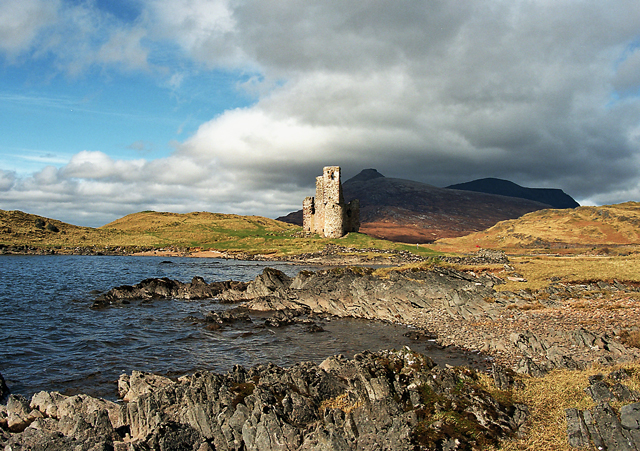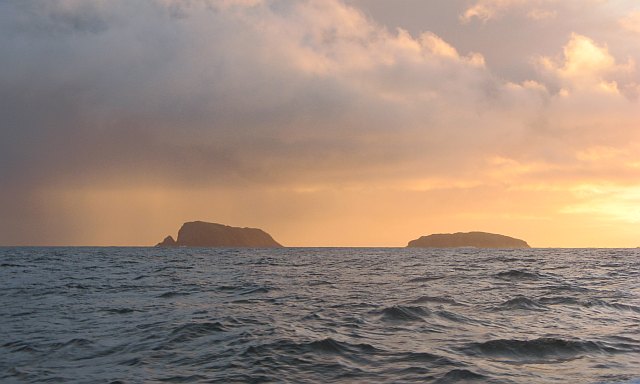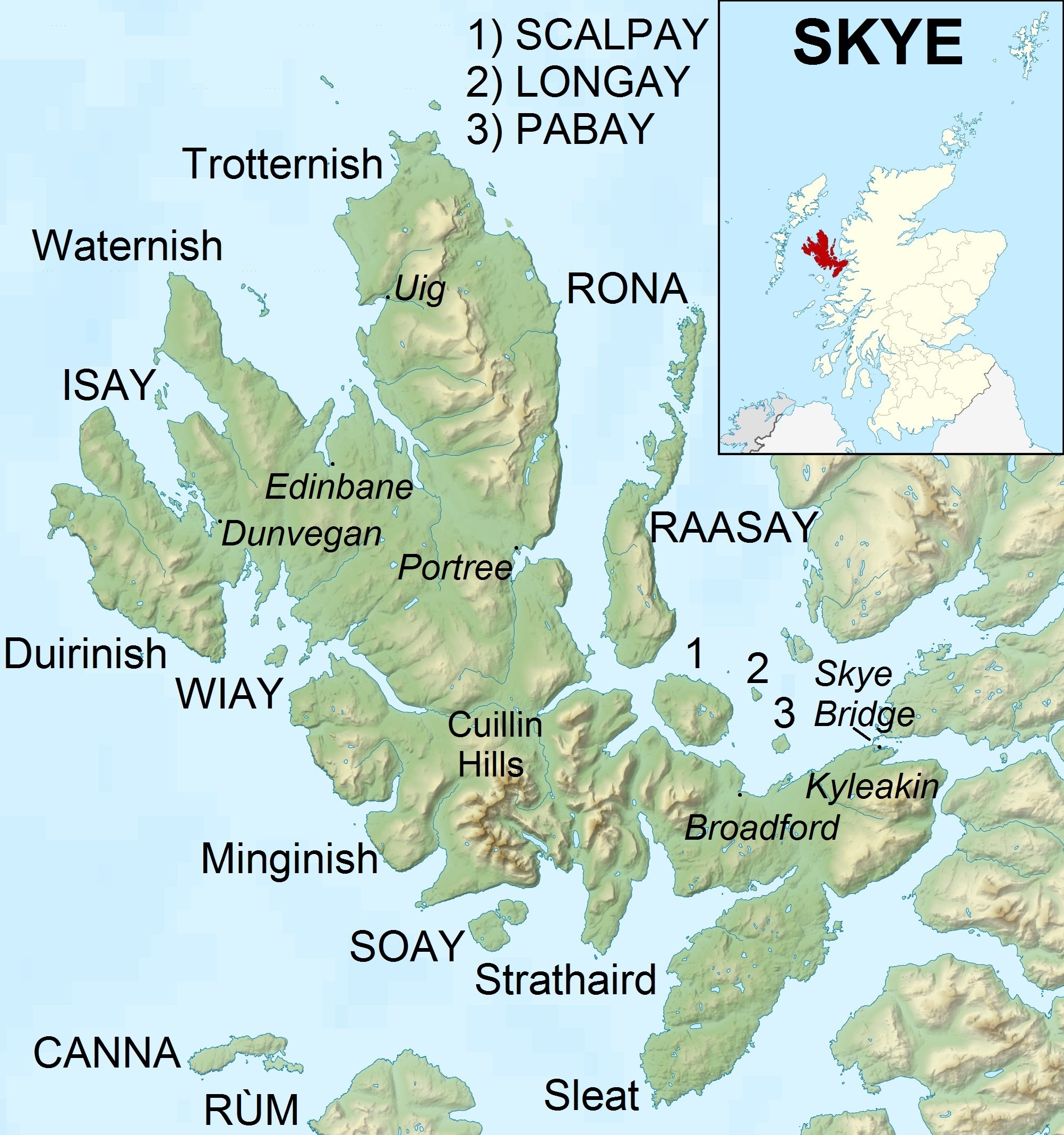|
MacLeod Of Raasay
The MacLeods of Raasay are a minor Scottish noble family and branch of Clan MacLeod of Lewis. At their height they held extensive lands on the Isle of Raasay. In Scottish Gaelic, Gaelic the MacLeods of Lewis were known as ''Sìol Thorcaill'' ("Seed of Torquil"). The Scottish clan chief, Chiefship of Clan MacLeod of Lewis (also known as Clan MacLeod of the Lewes) passed to the Raasay branch in the 20th century. Today, Clan MacLeod, Clan MacLeod of the Lewes, and the MacLeods of Raasay, are all represented by "Associated Clan MacLeod Societies", and the chiefs of the three clans. The association is made up of ten national societies across the world including: Australia, Canada, England, France, Germany, New Zealand, Scotland, South Africa, United States of America, and Switzerland. Origins Olaf the Black Today the official clan tradition is that the MacLeods descend from Leod, born around 1200. Traditionally, from Leod's son ''Tormod, son of Leod, Tormod'' the MacLeods of Ha ... [...More Info...] [...Related Items...] OR: [Wikipedia] [Google] [Baidu] |
Clan MacLeod Of Lewis
Clan MacLeod of The Lewes, commonly known as Clan MacLeod of Lewis (), is a Scottish Highlands, Highland Scottish clan, which at its height held extensive lands in the Western Isles and west coast of Scotland. From the 14th century up until the beginning of the 17th century there were two branches of Macleods: the MacLeods of Dunvegan and Harris, Outer Hebrides, Harris (Clan MacLeod); and the Macleods of the Isle of Lewis. In Scottish Gaelic, Gaelic the Macleods of Lewis were known as Sìol Thorcaill ("Seed of Torquil"), and the MacLeods of Dunvegan and Harris were known as Sìol Thormoid ("Seed of Tormod"). The traditional progenitor of the MacLeods was Leod, made a son of Olaf the Black, King of Mann and the Isles, by a now-discredited tradition. An older, more accepted tradition names his father Olvir and describes the clan as Sliochd Olbhur. Tradition gave Leod two sons, Tormod, son of Leod, Tormod - progenitor of the Macleods of Harris and Dunvegan (Sìol Thormoid); and Torqui ... [...More Info...] [...Related Items...] OR: [Wikipedia] [Google] [Baidu] |
Torquil, Son Of Murdoch
Torquil MacLeod (Scottish Gaelic: Torcall mac Murchaidh, and Torcall MacLeòid) (''Floruit, fl.'' 14th century) was a Hebridean lord and is today considered to be the founder of the Clan Macleod of Lewis, MacLeods of Lewis, who are known in Gaelic as ''Sìol Torcaill'' ("seed of Torcall"). He was the son of Murdoch MacLeod, and a great-grandson of Leod, eponymous ancestor of the MacLeods. Background According to MacLeod tradition, Torquil was a son of Leod, founder of Clan MacLeod. Clan traditions made Torquil the brother of Tormod MacLeod, Tormod, and stated that the two brothers founded the main branches of the clan— one branch being ''Sìol Tormoid'' ("seed of Tormod"), the MacLeods of Harris and Dunvegan; the other branch being ''Sìol Torcaill'' ("seed of Torcall"), the MacLeods of Lewis. This traditional story is no longer taken seriously by historians, and Torquil is now considered to have been the son of Murdoch, who was a grandson of Leod. The late 20th-century his ... [...More Info...] [...Related Items...] OR: [Wikipedia] [Google] [Baidu] |
Earl Of Cromartie
Earl of Cromartie () is a title that has been created twice, both for members of the Mackenzie family. It was first created as Earl of Cromarty in the Peerage of Scotland in 1703 for George Mackenzie, 1st Earl of Cromartie, Sir George Mackenzie, 2nd Baronet, but his titles were forfeited after the Jacobite rising of 1745. It was recreated in 1861 in the Peerage of the United Kingdom for Anne Sutherland-Leveson-Gower, Duchess of Sutherland (''née'' Hay-Mackenzie). Since 1979, the Earl of Cromartie has been chief of Clan Mackenzie. History First creation This branch of the family descends from Sir Roderick Mackenzie, whose elder brother Kenneth Mackenzie was created Lord Mackenzie of Kintail in 1609 and was the father of Colin Mackenzie, 1st Earl of Seaforth (see the Earl of Seaforth for further history of this branch of the family). Sir Roderick's son, John Mackenzie, was in 1628 created a baronet, of Tarbat in the Ross-shire, County of Ross, in the Baronetage of Nova Scotia, wi ... [...More Info...] [...Related Items...] OR: [Wikipedia] [Google] [Baidu] |
Loch Roag
''Loch'' ( ) is a word meaning "lake" or " sea inlet" in Scottish and Irish Gaelic, subsequently borrowed into English. In Irish contexts, it often appears in the anglicized form "lough". A small loch is sometimes called a lochan. Lochs which connect to the sea may be called "sea lochs" or "sea loughs". Background This name for a body of water is Insular CelticThe current form has currency in the following languages: Scottish Gaelic, Irish, Manx, and has been borrowed into Lowland Scots, Scottish English, Irish English and Standard English. in origin and is applied to most lakes in Scotland and to many sea inlets in the west and north of Scotland. Many of the loughs in Northern England have also previously been called "meres" (a Northern English dialect word for "lake", and an archaic Standard English word meaning "a lake that is broad in relation to its depth"), similar to the Dutch , such as the ''Black Lough'' in Northumberland. Some lochs in Southern Scotland h ... [...More Info...] [...Related Items...] OR: [Wikipedia] [Google] [Baidu] |
Bearasay
Bearasaigh or Bearasay (and sometimes Berisay) is an islet in outer Loch Ròg, Lewis, Scotland. During the late 16th and early 17th centuries it was used as a pirates' hideout and the remains of various buildings from that period still exist. In the modern era its cliffs are used for rock-climbing. Geography Bearasaigh lies north west of Great Bernera, Little Bernera and Flodaigh (flat island) and south of Seanna Chnoc (old hill). Although steep-sided the isle has a relatively flat summit. Immediately to the west is Stac an Tùill and there is a sea cave to the north east. The deep sea channel between Bearasaigh and Seanna Chnoc is said to be "troublesome" when the wind opposes the tidal current. Pirate's redoubt In the 16th century the island was the retreat of Neil MacLeod, the Lewis patriot and illegitimate son of the clan chief of the MacLeods of Lewis, Old Ruari. In 1598 King James VI had authorised some " Gentleman Adventurers" from Fife to civilise the "most barbarous ... [...More Info...] [...Related Items...] OR: [Wikipedia] [Google] [Baidu] |
Loch Broom
Loch Broom (, "loch of rain showers") is a sea loch located in northwestern Ross and Cromarty, in the former parish of Lochbroom, on the west coast of Scotland. The small town of Ullapool lies on the eastern shore of the loch. Little Loch Broom Its sister loch, Little Loch Broom (, "the little loch"), lies just to the west, at the foot of An Teallach and opening into the Minch. The village of Dundonnell is located at the mouth of the loch, linked by the A832 coast road to Camusnagaul on the eastern shore, midway up the loch, and Badcaul further north. The loch is an important wildlife habitat, and a population of cormorants often bask on the rocks jutting out of the water. Geography Loch Broom Loch Broom is fed by the River Broom which rises in the Dirrie mountains, issuing from two lochs: Loch Bhraoin and Loch Droma. Loch Broom feeds the River Cuileig, which is joined by the Allt Breabaig stream that rises in Sgùrr Breac to the south. Loch Droma feeds the rive ... [...More Info...] [...Related Items...] OR: [Wikipedia] [Google] [Baidu] |
Gairloch
Gairloch ( ; , meaning "Short Loch") is a village, civil parish and community on the shores of Loch Gairloch in Wester Ross, in the North-West Highlands of Scotland. A tourist destination in the summer months, Gairloch has a golf course, a museum, several hotels, a variety of shops, takeaway restaurants, a community centre, a leisure centre with sports facilities, a local newspaperGairloch and District Times, radio station ( Radio Wester Ross), beaches and nearby mountains. Gairloch is one of the principal villages on the North Coast 500 route. The parish of Gairloch extends over a much wider area, including the villages of Poolewe, Kinlochewe and Aultbea, and has a population of 950. The nearest railway station is located at Achnasheen, and the nearest mainland airport is in Inverness. Geography Gairloch is a loosely defined area of settlement along the shores of Loch Gairloch but primarily comprises three main clusters of shops, houses and amenities: the Harbour ... [...More Info...] [...Related Items...] OR: [Wikipedia] [Google] [Baidu] |
Coigach
Coigach () is a peninsula north of Ullapool, in Wester Ross in the Northwest Highlands of Scotland. The area consists of a traditional crofting and fishing community of a couple of hundred houses located between mountain and shore on a peninsula looking over the Summer Isles and the sea. The main settlement is Achiltibuie. Like its northerly neighbour, Assynt in Sutherland, Coigach has mountains which rise sharply from quiet, lochan-studded moorland, and a highly indented rocky coast with many islands, bays and headlands. The highest summit is Ben Mor Coigach at 743 metres; the distinctive profile of Stac Pollaidh is the other main peak within Coigach. The scenic qualities of Coigach, along with neighbouring Assynt, have led to the area being designated as the ''Assynt-Coigach National Scenic Area'', one of 40 such areas in Scotland. The name is derived from the Gaelic for "five" or "fifths", and refers to the five townships of Achduart, Achnacarinan, Acheninver, Achnahaird ... [...More Info...] [...Related Items...] OR: [Wikipedia] [Google] [Baidu] |
Assynt
Assynt ( or ) is a sparsely populated area in the south-west of Sutherland, lying north of Ullapool on the west coast of Scotland. Assynt is known for its landscape and its remarkable mountains, which have led to the area, along with neighbouring Coigach, being designated as the Assynt-Coigach National Scenic Area, one of 40 such areas in Scotland. The western part of Assynt has many distinctively shaped mountains, including Quinag, Canisp, Suilven and Ben More Assynt, that rise steeply from the surrounding "cnoc and lochan" scenery. These can often appear higher than their actual height would indicate due to their steep sides and the contrast with the moorland from which they rise. Many of the most distinctive peaks such as Suilven were formed during the last Ice Age, when they were left exposed above the ice sheet as nunataks, and they now remain as inselbergs of highly eroded Torridonian sandstone sitting on a bedrock of much older Lewisian gneiss. The Moine Thrust ... [...More Info...] [...Related Items...] OR: [Wikipedia] [Google] [Baidu] |
Waternish
Waternish or Vaternish () is a peninsula approximately long on the island of Skye, Scotland, situated between Loch Dunvegan and Loch Snizort in the northwest of the island, originally inhabited and owned by Clan MacNeacail/MacNicol/Nicolsons and originally consisting of small crofting communities. The history of the peninsula is a long (and often bloody) one involving clan feuds, massacres, de-population during the Highland Clearances, and eventual re-vitalisation. The Clan MacLeod clan seat is at the nearby Dunvegan Castle Dunvegan Castle (Caisteal Dhùn Bheagain) is located to the north of Dunvegan on the Isle of Skye, off the west coast of Scotland. It is the seat of the MacLeod of MacLeod, chief of the Clan MacLeod. Probably a fortified site from the earlie .... The current clan chief is Hugh MacLeod of MacLeod. It contains the hamlets of Stein, Skye, Stein and Lusta in Loch Bay to the south east, Halistra, Hallin,_Isle_of_Skye, Hallin and Trumpan further north an ... [...More Info...] [...Related Items...] OR: [Wikipedia] [Google] [Baidu] |
Raasay
Raasay (; ), sometimes the Isle of Raasay, is an island between the Isle of Skye and the mainland of Scotland. It is separated from Skye by the Sound of Raasay and from Applecross by the Inner Sound, Scotland, Inner Sound. It is famous for being the birthplace of Scottish Gaelic literature, Gaelic poet Sorley MacLean, an important figure in the Scottish Renaissance. Traditionally the home of Clan Sweeney, Clan MacSween, the island was ruled by the Clan MacLeod, MacLeods from the 15th to the 19th century. Subsequently, a series of private landlords held title to the island, which is now largely in public ownership. Raasay House, which was visited by James Boswell and Samuel Johnson in 1773, is now a hotel, restaurant, bar and outdoor activity centre. Raasay means "Isle of the Roe Deer" and the island is home to an endemism, endemic subspecies of bank vole. Geology and geography About north to south and east to west (at its widest), Raasay's terrain is varied. The high ... [...More Info...] [...Related Items...] OR: [Wikipedia] [Google] [Baidu] |
Circa
Circa is a Latin word meaning "around, approximately". Circa or CIRCA may also refer to: * CIRCA (art platform), in London * Circa (band), a progressive rock supergroup * Circa (company), an American skateboard footwear company * Circa (contemporary circus), an Australian contemporary circus company * Circa District, Peru * Circa, a disc-binding notebook system * Circa Theatre, in New Zealand * Clandestine Insurgent Rebel Clown Army, a UK activist group * Circa News, an online news and entertainment service * Circa Complex, twin skyscrapers in Los Angeles, California * Circa (album), ''Circa'' (album), an album by Michael Cain * Circa Resort & Casino, a hotel in Las Vegas See also * Template:Circa, for generating an abbreviation for circa: c. {{Disambiguation ... [...More Info...] [...Related Items...] OR: [Wikipedia] [Google] [Baidu] |






